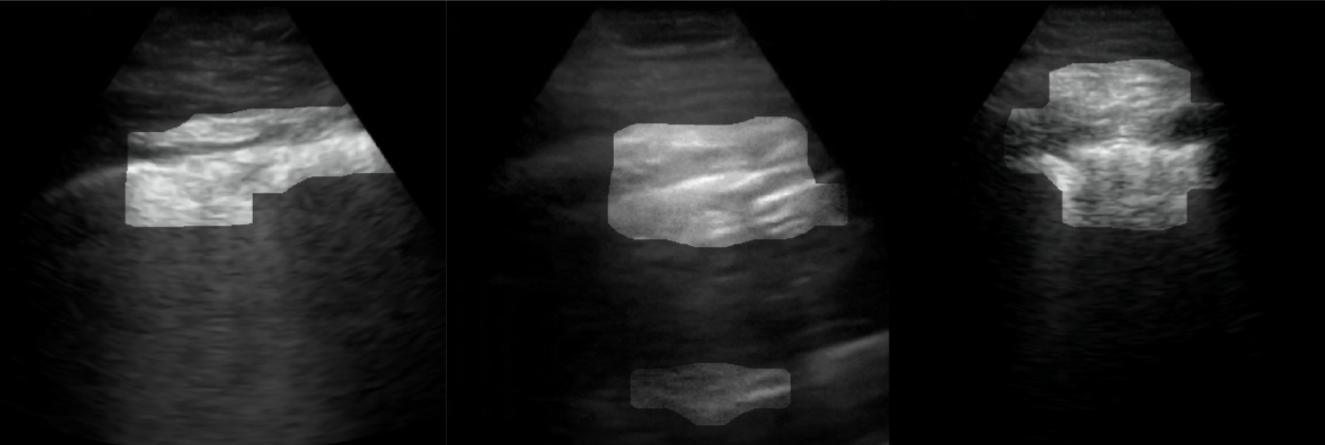COVID-Net US: A Tailored, Highly Efficient, Self-Attention Deep Convolutional Neural Network Design for Detection of COVID-19 Patient Cases from Point-of-care Ultrasound Imaging
The Coronavirus Disease 2019 (COVID-19) pandemic has impacted many aspects of life globally, and a critical factor in mitigating its effects is screening individuals for infections, thereby allowing for both proper treatment for those individuals as well as action to be taken to prevent further spread of the virus. Point-of-care ultrasound (POCUS) imaging has been proposed as a screening tool as it is a much cheaper and easier to apply imaging modality than others that are traditionally used for pulmonary examinations, namely chest x-ray and computed tomography. Given the scarcity of expert radiologists for interpreting POCUS examinations in many highly affected regions around the world, low-cost deep learning-driven clinical decision support solutions can have a large impact during the on-going pandemic. Motivated by this, we introduce COVID-Net US, a highly efficient, self-attention deep convolutional neural network design tailored for COVID-19 screening from lung POCUS images. Experimental results show that the proposed COVID-Net US can achieve an AUC of over 0.98 while achieving 353X lower architectural complexity, 62X lower computational complexity, and 14.3X faster inference times on a Raspberry Pi. Clinical validation was also conducted, where select cases were reviewed and reported on by a practicing clinician (20 years of clinical practice) specializing in intensive care (ICU) and 15 years of expertise in POCUS interpretation. To advocate affordable healthcare and artificial intelligence for resource-constrained environments, we have made COVID-Net US open source and publicly available as part of the COVID-Net open source initiative.
PDF Abstract